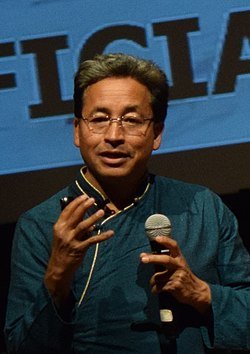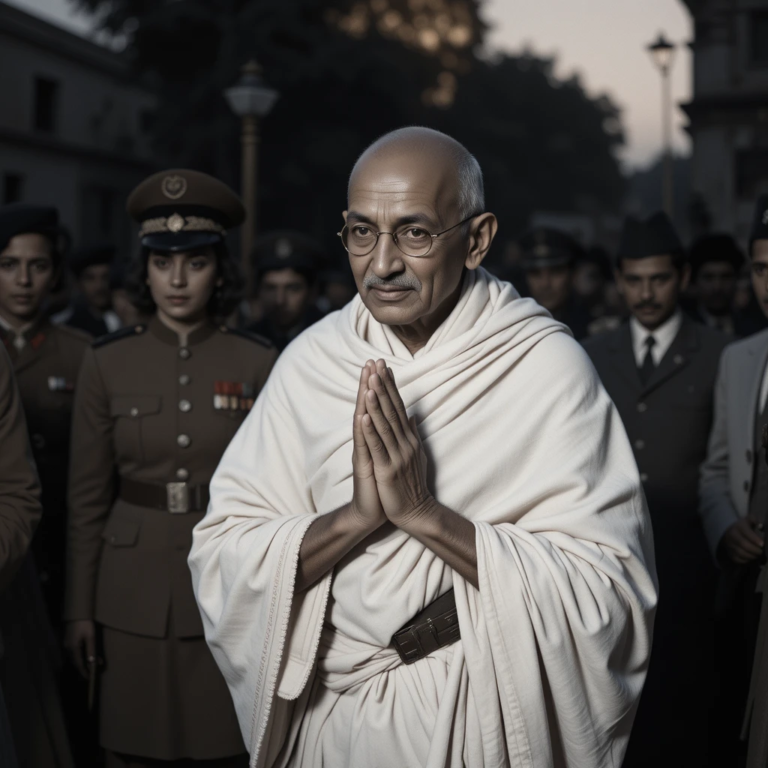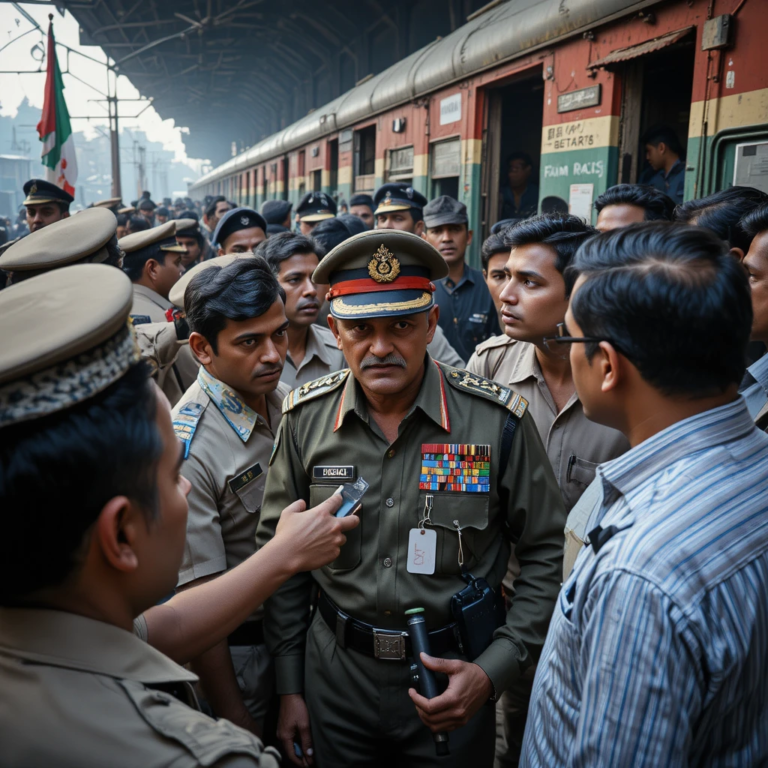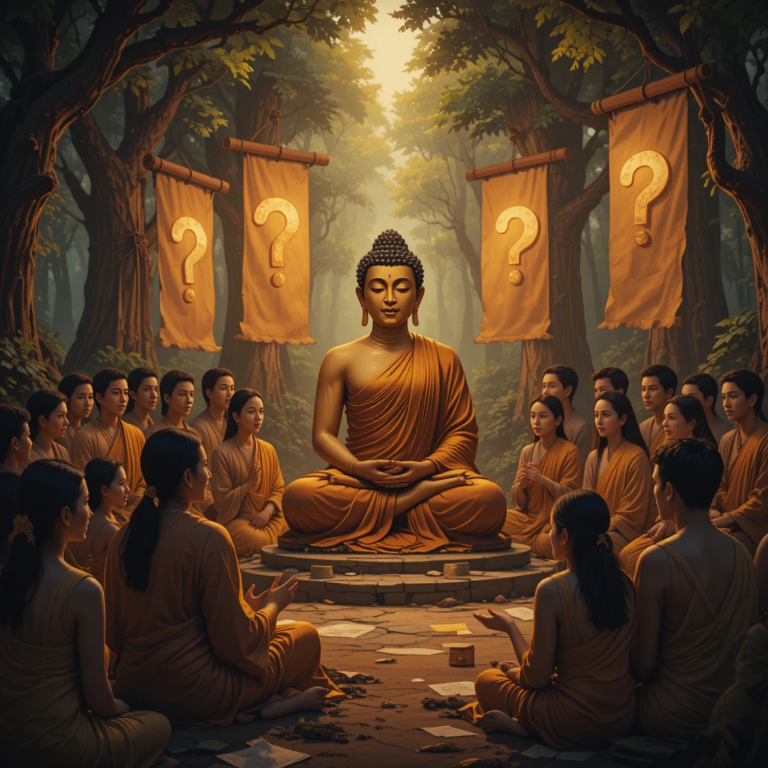Introduction: Echoes of a Royal Legacy Cut Short
In the heart of Rajasthan’s arid plains, where the echoes of ancient forts and princely grandeur still linger, the year 1985 witnessed a tragedy that bridged India’s feudal past with its turbulent democratic present. Raja Man Singh, the titular head of the erstwhile princely state of Bharatpur, was gunned down in broad daylight by Rajasthan Police in what was initially labeled a legitimate “encounter.” This event, occurring amid the fervor of state assembly elections, not only claimed the lives of Man Singh and two companions but also ignited a firestorm of protests, toppled a chief minister, and mobilized the Jat community across multiple states. It exposed the fragility of justice in a nation grappling with police impunity, political vendettas, and the lingering shadows of caste dynamics.
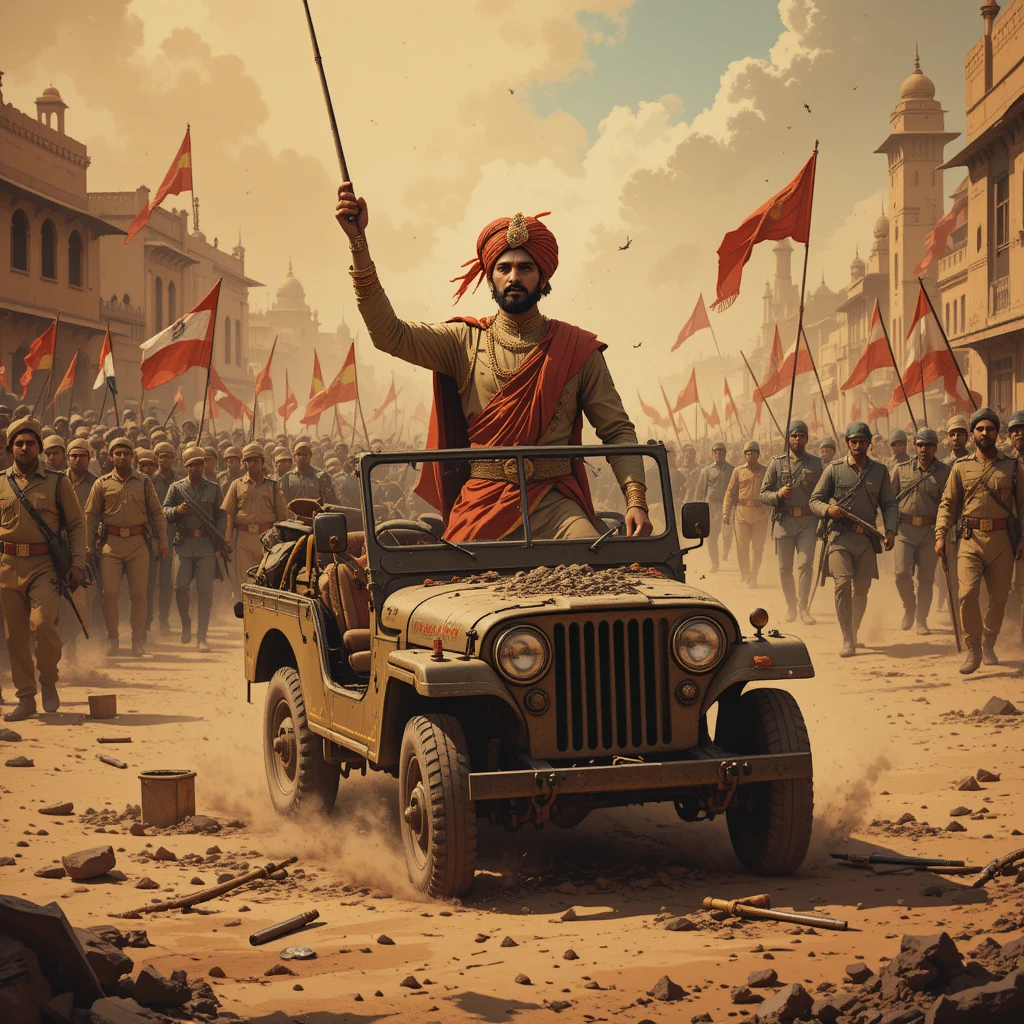
Table of Contents
Man Singh’s death on February 21, 1985, in Deeg—a town steeped in historical significance as part of the Bharatpur kingdom—marked a pivotal moment in post-Independence Indian history. As a seven-time legislator and a symbol of Jat pride, his killing was perceived not merely as a law enforcement mishap but as a calculated assassination to suppress royal influence in electoral politics. The incident unfolded against the backdrop of the Indian National Congress’s dominance under Prime Minister Rajiv Gandhi, with Rajasthan Chief Minister Shiv Charan Mathur at the helm. Allegations of a premeditated plot, conflicting narratives of self-defense versus cold-blooded murder, and a 35-year judicial odyssey culminating in 2020 convictions have kept the story alive in public memory.

This article delves deeply into the saga, drawing from historical records, court documents, eyewitness accounts, and contemporary analyses. It explores Man Singh’s life and career, the political milieu that precipitated the violence, the minute-by-minute escalation, the immediate communal backlash, the protracted legal battle, and the enduring legacy. it aims to provide a comprehensive, nuanced account, highlighting how one man’s death reflected broader issues of power, caste, and accountability in India. The case remains a benchmark for delayed justice, with no reported reversals of the 2020 life sentences, though appeals may still loom.
The Life and Times of Raja Man Singh: From Princely Heir to Political Stalwart
Raja Man Singh’s journey began on December 5, 1921, in the opulent palaces of Bharatpur, a princely state renowned for its Jat rulers who had carved out a kingdom in the 18th century under leaders like Badan Singh and Suraj Mal. Born as the second son of Maharaja Kishan Singh (r. 1918–1929) and the younger brother of Maharaja Sawai Brijendra Singh (r. 1929–1947), Man Singh grew up in an era of transition. The Bharatpur dynasty, part of the Sinsinwar clan of Jats, had historically resisted Mughal and British dominance, establishing a legacy of resilience that Man Singh would later embody in politics.
Educated in England, Man Singh pursued engineering at Cambridge University, a choice reflecting the modernizing aspirations of Indian royalty in the interwar period. Returning to India amid the Quit India Movement and World War II, he witnessed the dissolution of princely states post-1947. Bharatpur acceded to India in 1948, with his brother Brijendra Singh serving briefly as Rajpramukh of the Matsya Union before the state’s full integration into Rajasthan in 1949. The privy purses, financial allowances to former rulers, were abolished in 1971 by Indira Gandhi’s government, stripping royals of economic privileges and pushing many into politics or business.
Man Singh, however, thrived in the democratic arena. He entered politics as an independent candidate, leveraging his royal lineage and deep connections with the Jat agrarian community, which formed the backbone of Bharatpur’s electorate. From 1952 to 1984, he won seven consecutive terms as MLA from Deeg, a constituency encompassing rural hamlets where Jats predominated. His campaigns were spectacles: riding elephants or horses, flanked by supporters chanting “Giriraj Maharaj ki Jai”—invoking the family deity at Govardhan Hill, symbolizing protection and valor. Man Singh positioned himself as a “farmer among kings and a king among farmers,” advocating for land rights, irrigation projects, and against Congress-led land reforms that threatened large holdings.
His political style was confrontational. Known for a fiery temperament, Man Singh had prior run-ins with authorities, including incidents where he allegedly rammed vehicles into rival rallies. Yet, his popularity endured, rooted in Jat identity—a caste of cultivators historically marginalized but politically assertive in northern India. Man Singh’s family extended his influence: his daughter, Krishnendra Kaur Deepa, later became a BJP MP and Rajasthan minister; his nephew, Vishwendra Singh, a Congress MLA. By 1985, at 63, Man Singh was contesting his eighth term, undeterred by age or opposition.
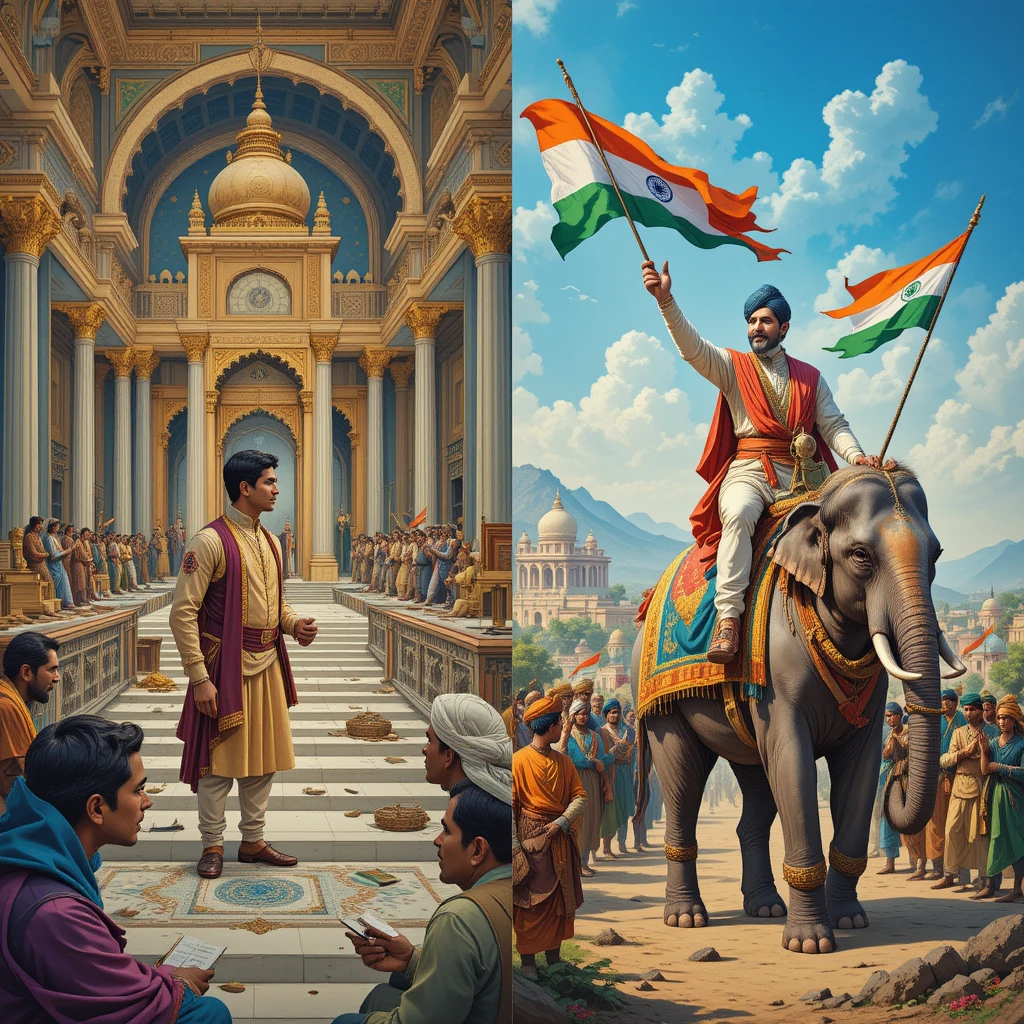
Beyond politics, Man Singh’s life reflected a blend of tradition and modernity. He maintained the family’s palaces, including the summer residence in Deeg, famous for its monsoon pavilions and gardens built by Suraj Mal. An avid aviator and engineer, he owned aircraft and jeeps, symbols of his adventurous spirit. His death would immortalize him as a martyr, but his life exemplified how erstwhile royals adapted to India’s republic, using charisma to challenge the Congress monopoly.
The Political Cauldron of 1985 Rajasthan: Tensions Brewing
Rajasthan in 1985 was a Congress stronghold, with Shiv Charan Mathur serving his second term as chief minister since 1981. The assembly elections, scheduled for March, were crucial for consolidating power under Rajiv Gandhi, who had assumed prime ministership after his mother Indira’s assassination in 1984. Congress faced opposition from independents and regional forces, particularly in rural constituencies where caste loyalties trumped party lines.
In Deeg, Man Singh’s stronghold, Congress fielded Brijendra Singh, a retired IAS officer, to challenge the royal’s dominance. The party’s strategy reflected a broader antipathy toward erstwhile princes, seen as remnants of feudalism obstructing land reforms and egalitarian policies. Man Singh, with his unyielding independence, posed a threat: his victories could inspire Jat voters across Bharatpur, Alwar, and beyond, potentially swaying multiple seats.
Underlying causes included historical grudges. Congress’s land ceiling acts had redistributed royal estates, eroding economic bases. Man Singh’s vocal criticism of these policies, coupled with his past aggressions, made him a marked man. Family members alleged Mathur orchestrated the killing to eliminate a rival, viewing the elections as a zero-sum game. Broader factors like police politicization under Congress regimes and the rise of “encounter” killings as extrajudicial tools added layers to the conspiracy theories.
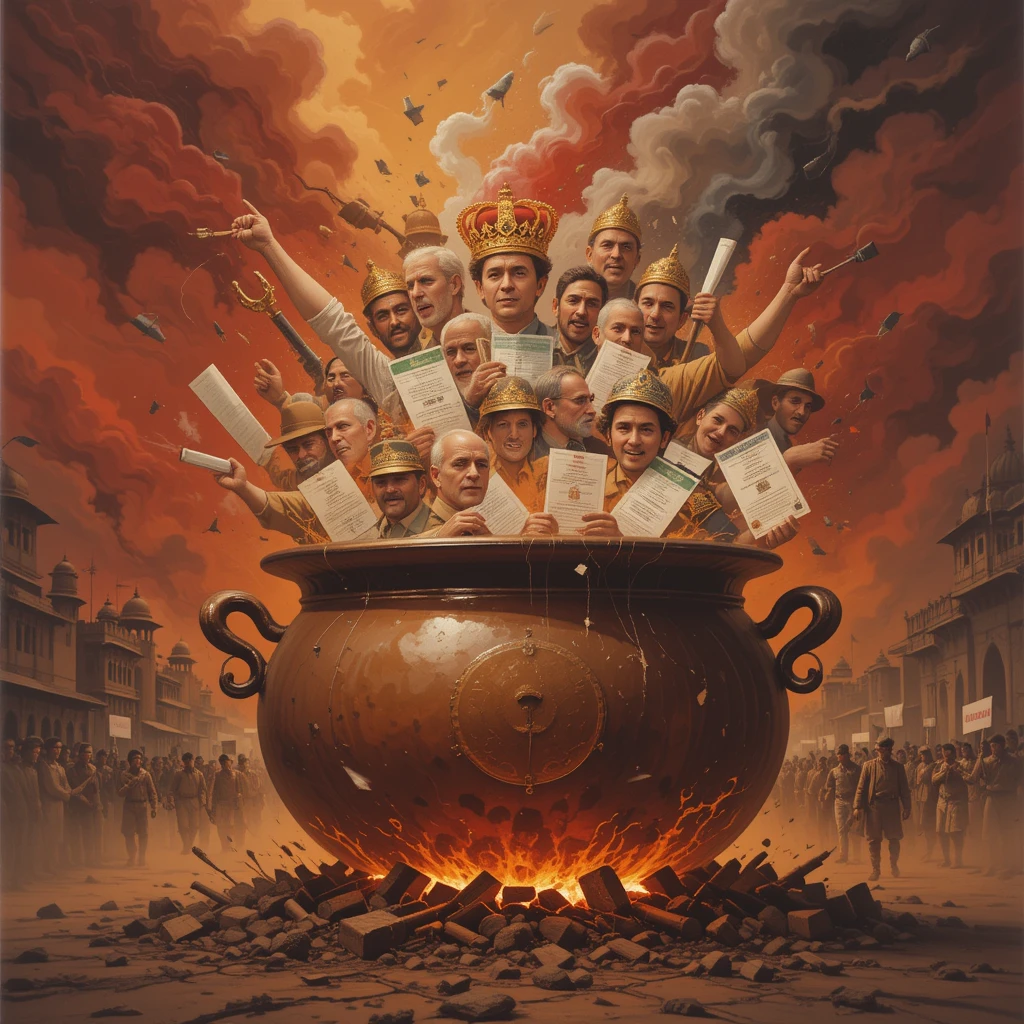
The Jat factor was pivotal. Comprising about 10-15% of Rajasthan’s population, Jats were a key vote bank, agrarian and assertive. Man Singh’s royal Jat lineage amplified his appeal, making his suppression a risky gambit that could backfire communally.
Timeline of Tragedy: From Provocation to Bloodshed
The episode commenced on February 19, 1985, with an act of symbolic desecration. Congress workers allegedly stormed Man Singh’s summer palace in Deeg, pulling down, tearing, and burning the Bharatpur royal flag—a grave insult to family honor during elections. This provocation, seen as deliberate sabotage, enraged Man Singh and his supporters.
February 20 escalated dramatically. Mathur arrived in Deeg for a rally endorsing Brijendra Singh. Man Singh, incensed, drove his military jeep onto the grounds, crashing into the stage and ramming the helicopter, shattering its windows. Mathur fled by road to Jaipur. Police filed charges of attempted murder and property damage, imposing a curfew. Man Singh, unarrested, briefly campaigned amid rising tensions.
The climax unfolded on February 21 around noon. Man Singh, with son-in-law Vijay Singh and aides Thakur Sumer Singh (70) and Thakur Hari Singh (65), traversed Deeg’s grain market in a jeep—intentions debated: surrender or campaigning. Under curfew, ~50 police, led by DSP Kan Singh Bhati and SHO Virendra Singh, ambushed them. As the jeep reversed, officers unleashed over 30 rounds. The three died instantly; Vijay survived.
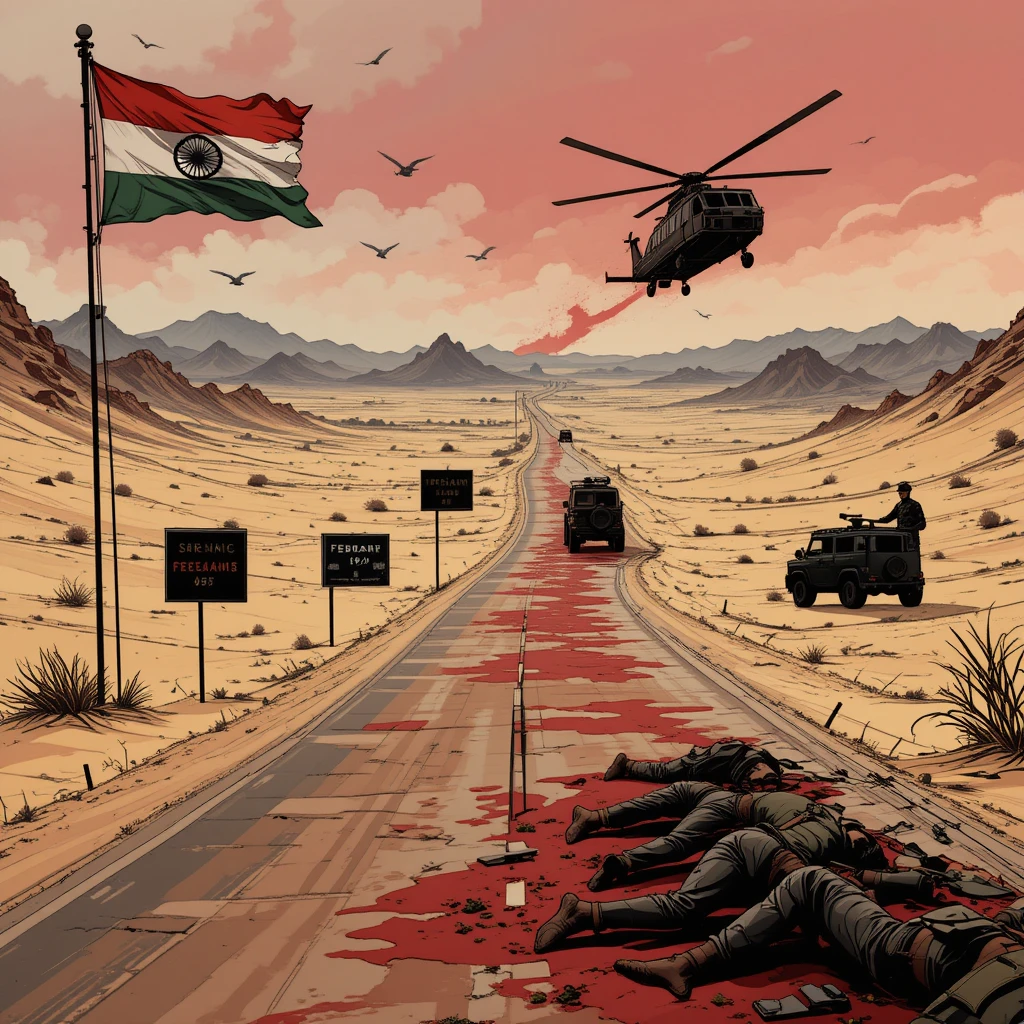
Police claimed self-defense: armed suspects fired first, with Man Singh shouting threats. They transported “injured” to hospital. Family countered: unarmed group ambushed, evidence planted, witnesses intimidated.
Investigations, Narratives, and the CBI Probe
Initial police reports framed it as an encounter. Vijay’s complaint on February 23 was rebuffed; public outcry prompted CBI takeover on February 28. Chargesheet in July 1985 accused 18 officers of murder under IPC 302, 148, 149.
Forensics debunked police claims: victims unarmed, firing one-sided. No Mathur link proven, but family persisted with conspiracy allegations.
The Judicial Saga: 35 Years of Delays and Determination
Trial began in Rajasthan, transferred to Mathura CBI court in 1989/1990 by Supreme Court for impartiality. Over 1,700 hearings, 26 judges: prosecution (61 witnesses) spanned 1990–2008; defense (17) four years; arguments eight. Tactics like petitions delayed proceedings. Four accused died; three acquitted.
On July 21, 2020, Judge Sadhana Chaudhary convicted 11: Bhati, Virendra Singh, Sukhram, et al. Life sentences July 22, with ₹10,000 fines; additional two years under 148. Bhati died September 2020. Verdict hailed as rare accountability, critiqued for delays.
Aftermath: Protests, Jat Mobilization, and Political Fallout
Violence erupted immediately: riots in Deeg and Bharatpur, arson, three more deaths. Army deployed; curfew extended.
Man Singh’s remains became a rallying point. Jat groups from Mathura, Agra, Goverdhan (UP), Haryana borders, and Rajasthan districts converged, seizing the body for a massive funeral procession. Thousands chanted, demanding justice, transforming grief into defiance. This cross-state uprising eroded Congress’s Jat support, forcing Mathur’s resignation February 23. Joshi succeeded; Rajiv granted Deepa Deeg seat unopposed.
A shrine at the site hosts quinquennial commemorations, symbolizing martyrdom.
Legacy: Lessons in Power, Caste, and Justice
Man Singh’s story endures as a cautionary tale of democratic excesses. It spurred debates on fake encounters, judicial reforms, and caste politics. The 2020 verdict, though delayed, affirmed accountability. In 2025, his shrine stands as resistance’s emblem, reminding India of justice’s arduous path.

